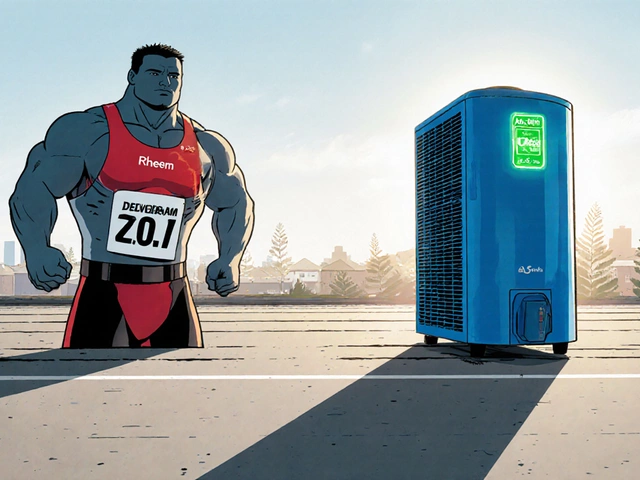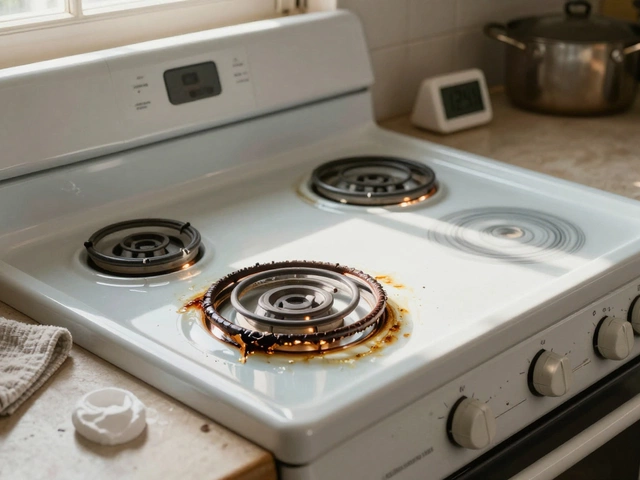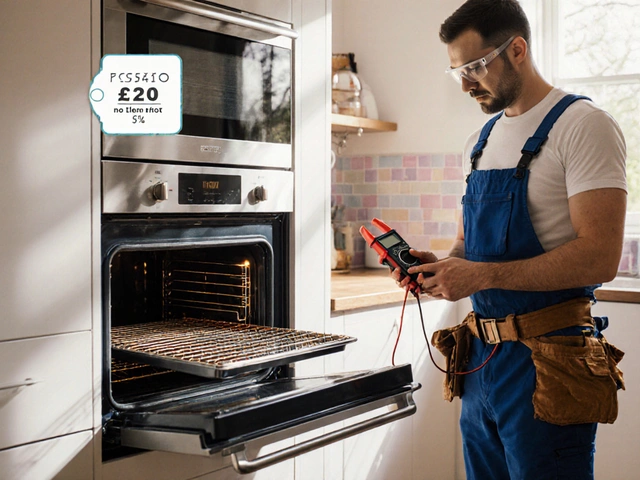Rheem vs AO Smith: Which Water Heater Wins in 2025?
October 9 2025Water Heater Reset: Simple Steps to Restore Hot Water
Got no hot water and a blinking light on your heater? Most of the time the fix is a quick reset. You don’t need a technician for every hiccup – just follow a few safe steps and you’ll be back to showers in minutes.
Why Your Water Heater Might Need a Reset
Water heaters have built‑in safety switches. If the temperature gets too high, the thermostat trips, or a fault is detected, the unit shuts off to protect itself. Common triggers are a power surge, a loose thermostat, sediment buildup, or a failing heating element. When the switch flips, the heater stops heating and you see a cold tap.
Resetting tells the heater, "Okay, I’ve checked it, you can start again." If the problem was a momentary glitch, the reset clears the error and the heater climbs back to the set temperature. If the fault persists, you’ll see the same error again – that’s when you call a pro.
How to Reset an Electric Water Heater Safely
First, turn off the breaker that powers the heater. This prevents any shock and protects the wiring while you work. Wait about a minute – the elements will cool down.
Next, locate the reset button. It’s a small, red or black button on the thermostat or control panel, usually near the top of the unit. Press it firmly; you should hear a click. If the button won’t stay in, the thermostat may be faulty.
After the reset, flip the breaker back on. Give the heater 10‑15 minutes to heat the water. Check a faucet – if hot water returns, you’re good. If the light blinks again or the water stays cold, turn the breaker off and move on to the next step.
Sometimes a tripped high‑limit switch is the culprit. This larger, usually black button sits on the side of the heater. Press it the same way – you’ll hear a click when it re‑engages. Then restore power and test again.
If you have a gas water heater, the process is similar but involves the gas side. Turn the gas control knob to the “off” position, wait a minute, then locate the pilot light assembly. Most modern units have an electronic reset button; press it, then turn the gas knob back to “on.” Light the pilot if needed, and wait for the tank to heat up.
Always check for obvious issues before resetting: a broken heating element, a leaky pressure‑relief valve, or dirty filters can cause repeated trips. A quick visual inspection can save you from endless resets.
When you’ve tried the reset twice and the heater still won’t stay on, it’s time to call a certified gas engineer. Persistent errors often mean a faulty thermostat, a burned‑out element, or wiring problems that need professional attention.
Keeping your heater clean helps prevent future resets. Flush the tank once a year to remove sediment that can overheat the thermostat. Test the pressure‑relief valve annually – lift the lever and make sure water flows out freely.
In short, a water heater reset is a simple, safe first step when you lose hot water. Turn off power, press the reset button, restore power, and test. If the problem sticks, call an expert to avoid bigger repairs. With these basics, you’ll know exactly what to do the next time the heater trips.
 22 Jan
22 Jan
Troubleshooting Frequent Water Heater Resets for Consistent Hot Water
Struggling with a water heater that requires constant resetting can be frustrating. This article explores the common causes behind frequent water heater resets and offers practical solutions to ensure a steady supply of hot water in your home. It provides a deeper understanding of your heating system's behavior, while presenting tips and maintenance practices to help you avoid this inconvenience. By understanding the problem and addressing it proactively, you can enjoy consistent hot water without the hassle.
Read More...



